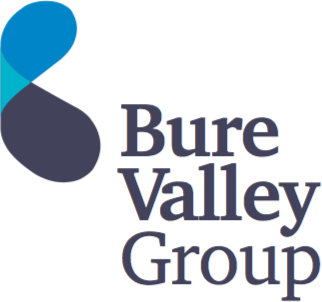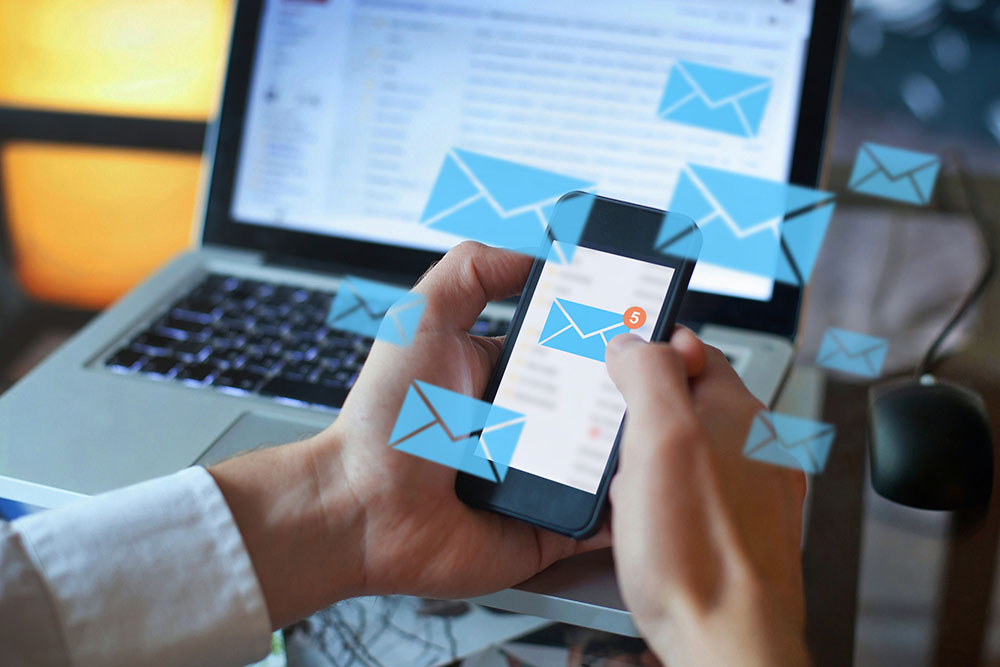Did you know for every $1 spent on email marketing, you can expect an average return of $36? Few other channels offer such a compelling ROI. For startups whose marketing budgets are more limited than larger firms, email could be the key to unlocking their growth potential. In this guide, we explain how startups can leverage the power of email marketing.
Why email marketing?
Email marketing goes beyond sending a single message from your email client to someone else’s. In this guide, we mainly refer to “email at scale” – i.e., using an email service platform (ESP) to send messages to the right people at the right time.
One benefit of email marketing is that it can be done with a high degree of personalisation. For instance, you could send a single email message to 100 people and address them by their first name. Within the same campaign, the sending time to each subscriber could also be scattered according to their time zone.
Email is highly measurable. You can quickly see important metrics, such as how many people received your message in their inboxes (delivery rate), how many people opened it (open rate), how many people clicked on the links inside (click-through rate) and, using other tools like Google Analytics, how many people performed a significant action like booking a free product trial (conversion rate).
How to build a list
Firstly, consider who you want added to your email list. Who is your target audience, and where could you reach them? For instance, if you are a SaaS startup trying to sell to senior leaders at UK-based banks, it is better to have a smaller list with many of these contacts than a large one filled mostly with recruiters!
There are many options for building a list. One idea is to use LinkedIn to connect with potential customers, nurture them and eventually opt them into your email list. Another route is to use SEO (search engine optimisation) to attract more organic traffic to your website, where visitors can sign up for a free trial (in exchange for their email address).
Consider the customer journey for your specific business and how this plays into the top of your “sales funnel”. People need a good reason to sign up for your emails. After all, most of us have very cluttered inboxes and don’t want to be spammed. Startups can increase their chances of signup by offering great value from the very beginning – e.g. excellent website content that helps solve customer problems (or “pain points”).
Email best practices
A great email needs a strong subject line. Keep it concise (30-50 characters, or 4-7 words) to make sure it fully displays in your recipient’s inbox.
Try to create intrigue and a sense of urgency where appropriate. Use questions to engage the recipient; you can also try addressing them by their name. Ensure the first line of your main email text supports the subject line, as this typically shows as a preview underneath.
Inside your email, think carefully about how to use images. Some email clients will block them. So, make sure your text enables the message to stand on its own. Include a clear “unsubscribe” button (e.g. in the footer) so users are not tempted to report spam if they no longer want to hear from you, as this will hurt your sender reputation.
Always lead with value. This does not necessarily mean offering discounts (although this can sometimes work in certain cases). However, every message should meet your subscribers’ needs. They should align with their expectations – and, where possible, exceed them so they look forward to receiving future emails.
Automation and triggers
Startup founders are busy, and their teams are already spinning lots of plates. Email marketing can be a big commitment. Fortunately, technology – especially AI-powered technology – allows for greater automation than ever before, allowing much of the work to occur in the background.
A great example of this is trigger-based “nurture sequences”. Here, a series of emails are sent to subscribers based on time lapses or specific behaviours (e.g. downloading a PDF guide or using a specific feature within a SaaS application).
A lot of work is required to set things up at the start and test everything. However, once the nurture sequence works reliably, a sales team can focus more on leads that have already been “warmed up” by automated email campaigns.
Keeping a healthy list
Over time, even the best email list will grow stale without careful management. In particular, keeping inactive subscribers on your list for a long time could increase your risk of spam complaints and hurt your domain authority.
Founders can guard against this in multiple ways. One idea is to send targeted “re-engagement campaigns” to inactive subscribers before removing them. Remove duplicate or misspelt email addresses, and identify and remove hard bounces (invalid email addresses).
Follow laws like GDPR (Europe) and CAN-SPAM (USA), and be careful to respect subscriber preferences and opt-out requests promptly. Monitor blacklists to ensure your IP/domain is not flagged as spam.
Invitation
Want to speak to us about our early-stage opportunities here at our exclusive investor network? Get in touch today to explore our startup projects here at Bure Valley Group.


